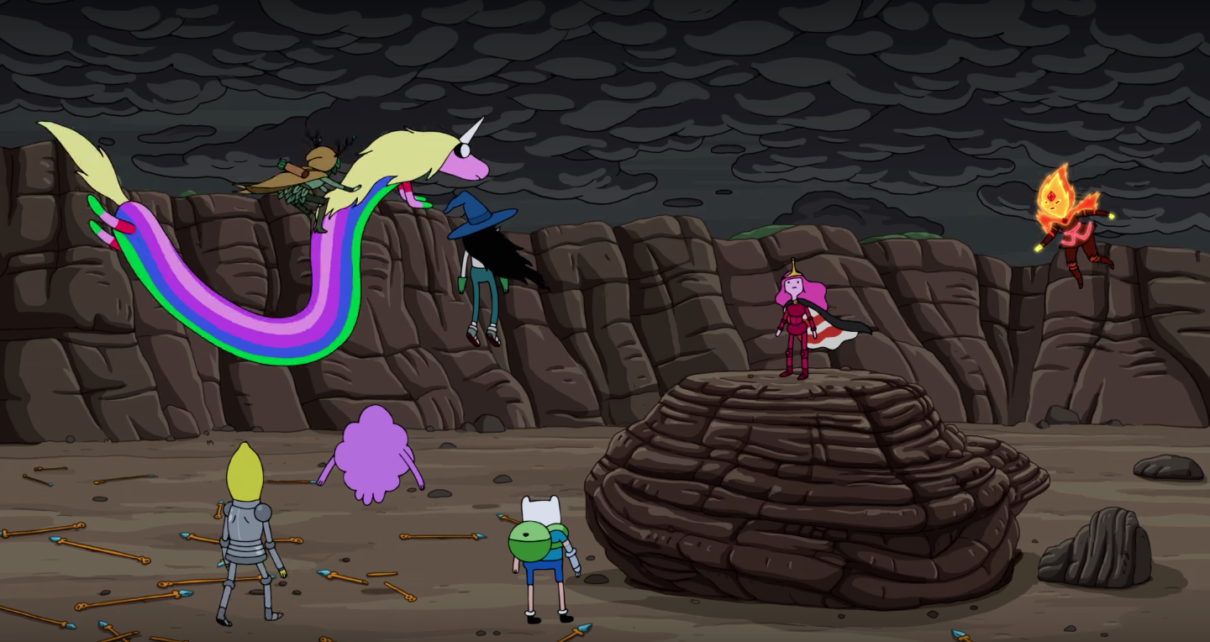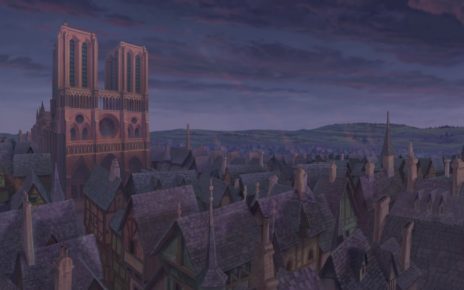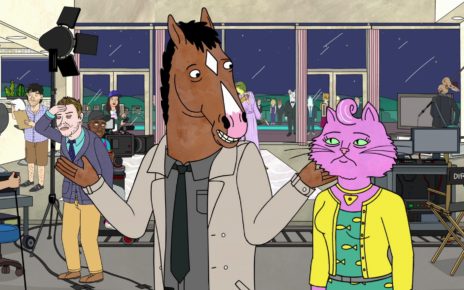
The end of perhaps the most influential all ages cartoon of the 2010s, Adventure Time, airs Labor Day weekend. Time for One Last Adventure is our sendoff.
It’s been a long and winding road to Adventure Time’s finale, set to air on Cartoon Network on Monday, September 3, and Adam Muto, who’s been a storyboard artist, writer, director, and eventually an executive producer on the show, has walked practically the entire length of that road. The franchise is an undeniable powerhouse, as big and influential as any other in animation history, and as Adventure Time closes the door on the last 10 years, Muto sat down with The Dot and Line for one of his last interviews as its showrunner.
Though the stories of Finn, Jake, and their friends in the land of Ooo will end, he expects Adventure Time’s return—in one form or another—is inevitable: “That’s just how franchises are now,” he said. Check out our full conversation with Muto ahead of Adventure Time’s final slate of episodes, “Come Along with Me,” in the Q&A below.
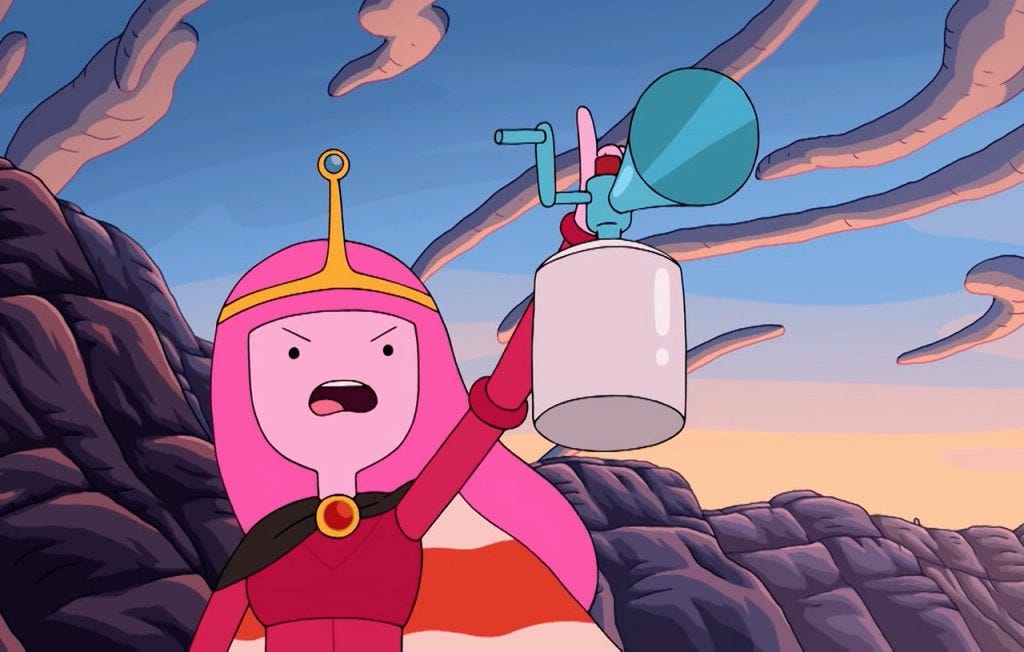
The Dot and Line: Are there any particular plot arcs or examples of character development you’re especially proud of?
Adam Muto: I think all of them, in some ways. The ones that went in unexpected directions are the ones I like the most. Where Princess Bubblegum started and where she ends — that was fun and interesting to write for. Finn was always fun because he started very agro and that was fun to write for a while, but as he got older it didn’t make sense to keep writing him that way. He became a mellower version of himself and more introspective and that was satisfying to follow. Overall, the thing I’m happy about is that they didn’t just become boiled-down, extreme versions of themselves, which feels like something that happens on animated shows a lot. You just get the most elemental version and that’s what ends up on screen. We went the other way and tried to find the characters’ subtleties and dig into those more.
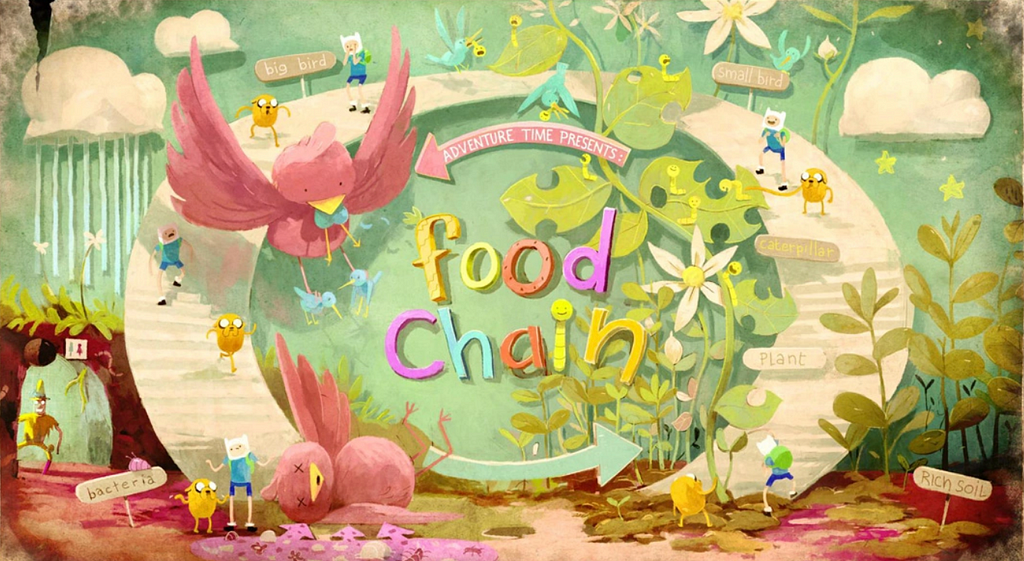
What’s your favorite guest-directed episode?
I really like “Food Chain” because of who we were working with. That always felt like a dream because there were so many Masaaki Yuasa fans on the staff and he was actually in-house for a couple weeks while he was doing these really beautiful watercolor image boards. Everything about that episode looked like, “Well, we could never make that.” So I think any time that came across, like “We would never make that,” or “That was so unexpected” or so virtuostic, I think those moments. Like getting James Baxter to animate a horse named James Baxter on a beach ball. I don’t know if any other show we would have had an opportunity to do that.
I like the secondary characters episodes, but from the guest-directed episodes it was just kind of seeing people who we were fans of do what they did. We tried not to get in the way a lot of the time.
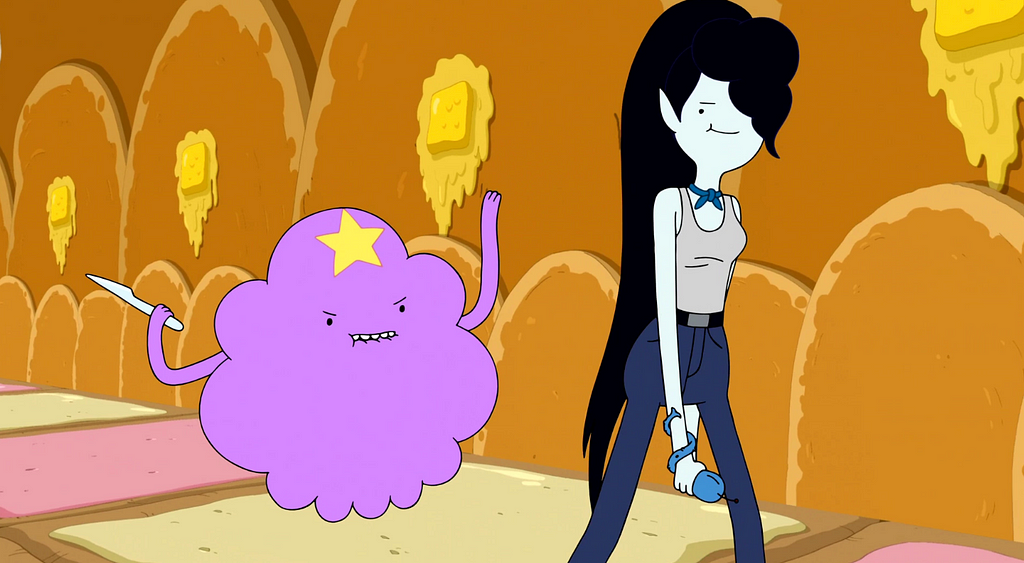
It feels like every character that’s introduced, no matter who they are, they get explored at least one more time and we actually connect with them.
That was important to Penn, too. These characters had a life off-screen that kept going, and maybe you’d only see it from a distance or just get this really short vignette to see where they were. I think that helped make the world feel lived-in and expansive. There were definitely characters where we looked for opportunities to bring them back, to check in what they were doing, like the head of story, Kent Osborne, he was like “We should check in with this character” and we might not even have a pitch for that story, but Kent just really wanted to see what Lumpy Space Princess was up to. So we’d imagine what that story would be. Or Lemongrab, that happened a lot. Lots of Lemongrab stories came out of that.
If you liked this story, sign up for our newsletter.
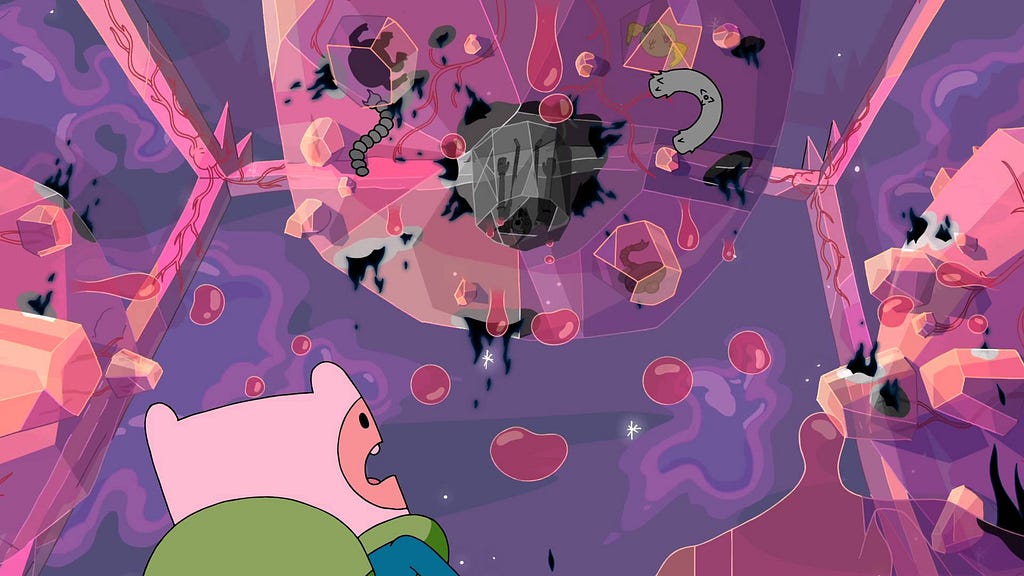
Where do you draw inspiration when it comes to other illustrators and stories?
[We hired] a lot of the storyboard artists because they have a really distinctive point of view and a distinctive style of drawing. It was never just that, but a lot of them came along with a pretty distinctive illustrative style. We’d just try and find ways to incorporate that into the show as opposed to trying to make them draw like us as often as possible and trying to find what in their drawings could work with the show. I remember sometimes asking the storyboard supervisor not to change drawings because it looked weird and a little off-model, but I was like “That’s why we want this person, because they don’t draw like us” and it’ll be a little idiosyncratic but it’ll still feel like the show. I like that aspect of it because it broke what we thought the show should look like and it’s not consistent in that way and I don’t think it ever was.
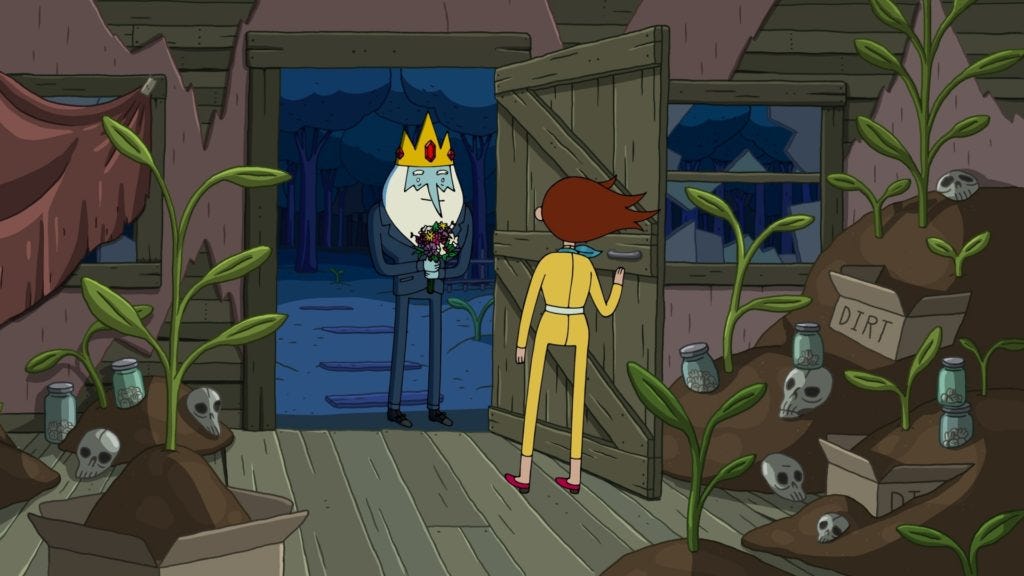
Are there any plots you weren’t allowed to pursue? Is there any sense of regret with any path the show took?
[Cartoon Network] didn’t often say “don’t do this story.” Usually they would have objections to elements of the story or how it was executed. So that kind of became the challenge: how to tell the best story and also find a compromise with the network so they would be comfortable airing it. Stuff that we might notice, but hopefully, if we did it right, and audience wouldn’t necessarily notice it as much. I’m trying to think of any stories they were like, “Don’t do,” and it was usually extreme like “Don’t start an episode with a funeral.” That was something they weren’t comfortable airing. And I can’t fault them too much, because that was pretty dark, but that didn’t stop us from trying.
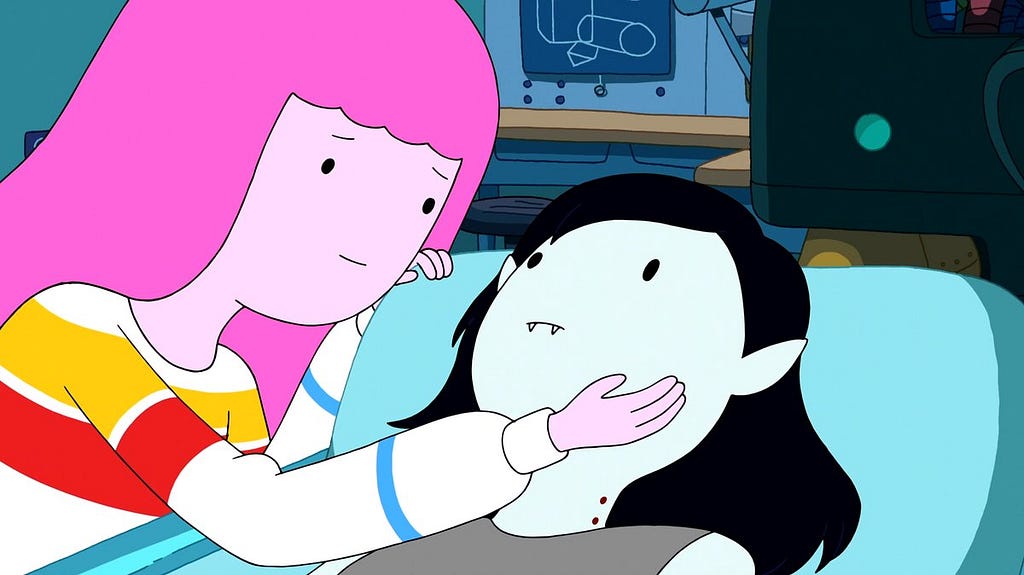
Why hasn’t ‘Adventure Time’ explicitly or directly addressed the relationship between Princess Bubblegum and Marceline?
That’s been an ongoing conversation, and I think where we are now is a lot different from where we were eight years ago. So, that’s the one heartening thing, the network has been dragged into having more conversations about that, largely because of shows like Steven Universe. Definitely Steven Universe. I mean literally, Steven Universe. That was the one that had to take the lead there. And it’s difficult because it’s not something I can say like, ‘Well, we just didn’t put it in because … we didn’t.’ This is more like we have to answer certain conversations. Those come out of meetings, and after meetings, and at one meeting they said, “Don’t do that, because we don’t want you to.” I think Rebecca [Sugar] was better at not taking that answer. She’s just so tenacious and passionate and that was such a big part of the story she wanted to tell that it had to get through. It’s not my story in that same way, so I didn’t feel like I had the grounds to do that.
“[A reboot] will just happen, and it’s when it will happen. That’s just how franchises are now.”
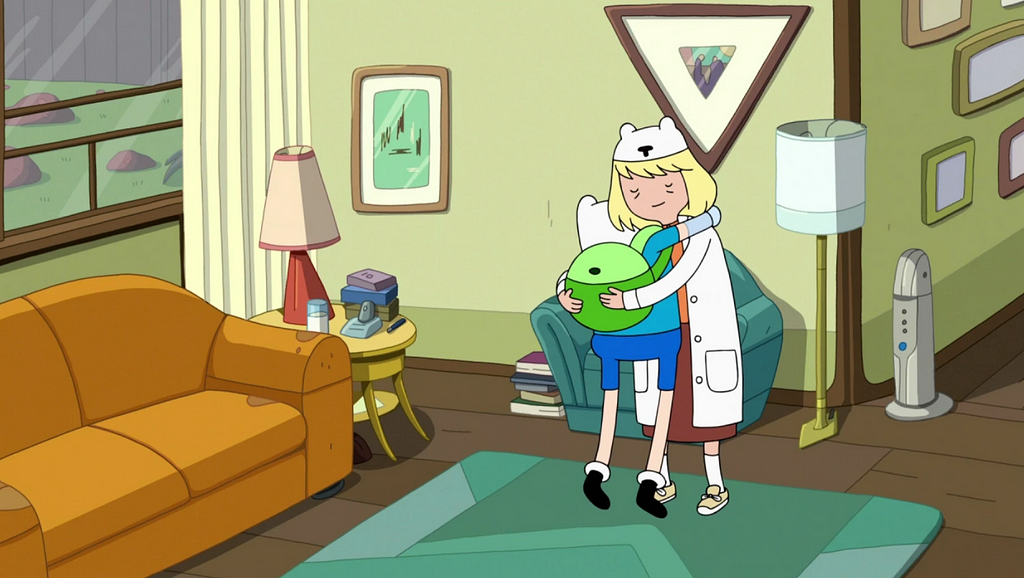
What’s next for you and the rest of the team, and do you have any special parting messages to viewers?
The finale is the message. I almost want to deactivate all my social media and disappear for a couple months after it airs to just not have to talk about it. I want that to be the statement. A lot of the crew moved on a year ago. We’ve been out of production for a while now. Some of them went on to Summer Camp Island and Craig of the Creek so it keeps going. That’s the thing, all these shows. This is something that happened a year ago so it’ll be exciting to see people finally see the finale. But as a last message, I just have “Thanks for watching.”
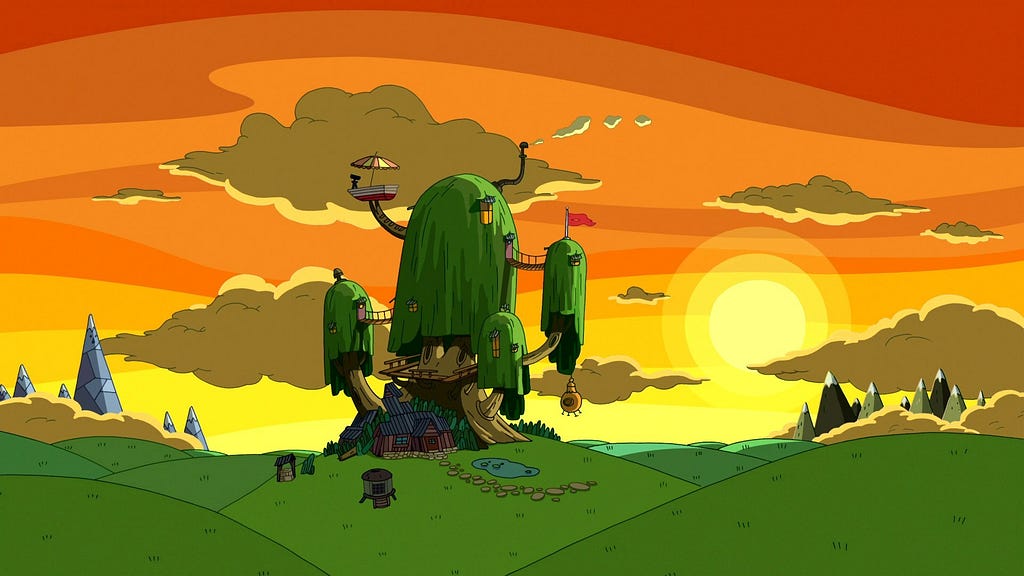
Kent Osborne’s said that nothing would stop CN from rebooting the show. Would you want to see an ‘Adventure Time’ reboot or revival down the line?
I don’t even think it’s an option. I think that will just happen, and it’s when it will happen. That’s just how franchises are now. Will it happen now or 10 years from now? I don’t know. It’ll happen, it’ll look different, and probably none of us will be involved in it and that’s just kind of how the life cycle of IPs now. But this, the more important thing is that this chapter of it and this iteration of it felt complete. So whatever comes afterwards, this will be what Adventure Time means, this version of it and this story. And it’s so flexible that it could be a lot of things so I don’t want to say they can never remake it, because obviously they can if they will and they want to. It’s just the nature of animation now.
If you liked this story, sign up for our newsletter.

Thanks for reading The Dot and Line, where we talk about animation of all kinds. Don’t forget to for this article and follow us on Twitter and Facebook.


